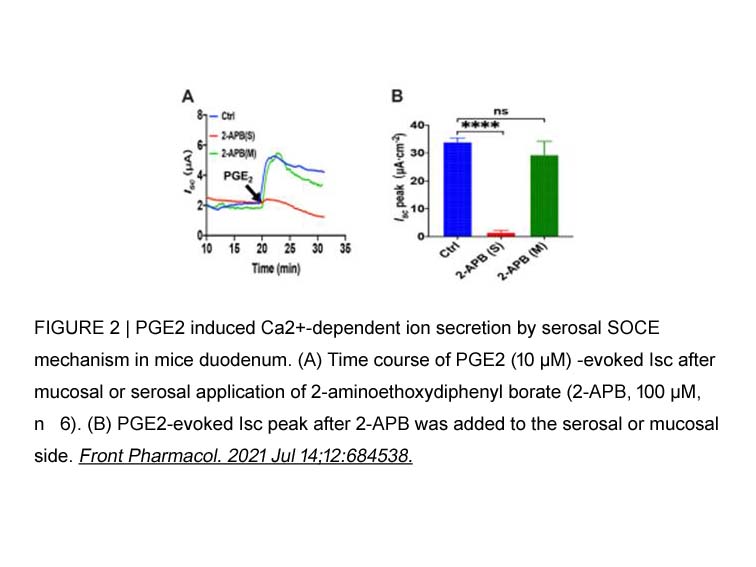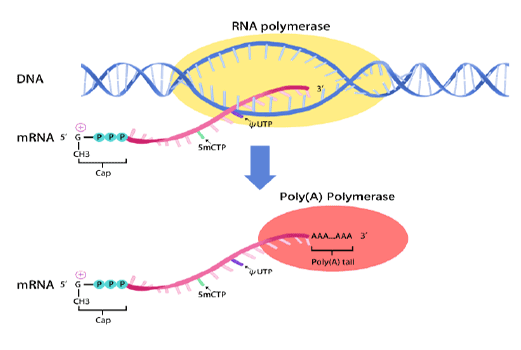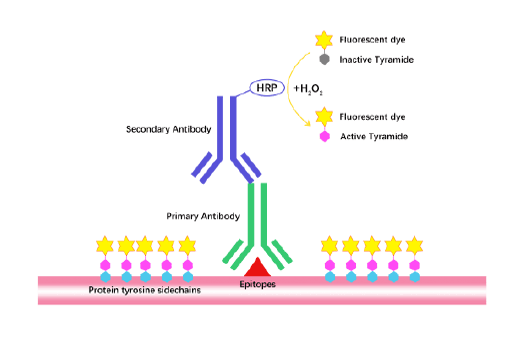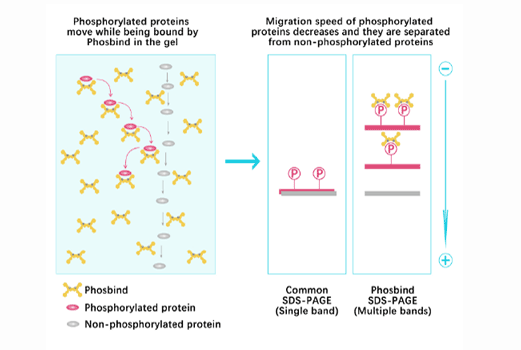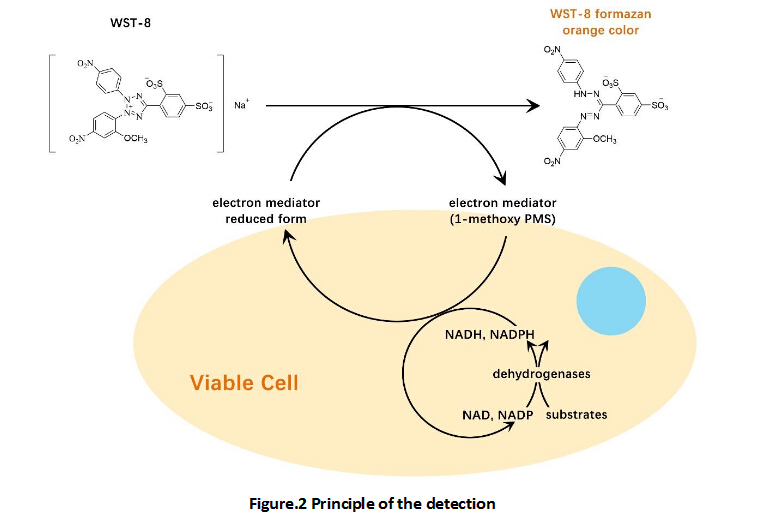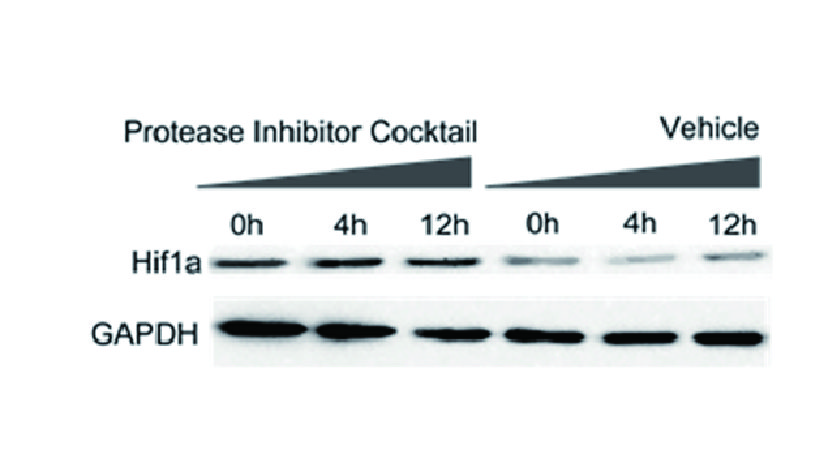2-APB
2-APB (CAS 524-95-8) is a cell-permeable antagonist of Ins(1,4,5)P3-induced calcium release. It inhibits calcium mobilization mediated by the intracellular IP3 receptor (IP3R), an essential component in Ca2+ signaling events such as calcium oscillations and waves. In rat cerebellar microsomes, 2-APB inhibits Ins(1,4,5)P3-induced Ca2+ release with an IC50 of 42 μM. Additionally, it blocks TRPC channels, including TRPC3, TRPC5 (IC50 = 20 μM in HEK-293 cells), and TRPC6. 2-APB is widely utilized in research focusing on intracellular calcium dynamics, channel modulation studies, and oxidative stress-related cell injury.
- 1. Zizhen Xu, Ying Meng, et al. "Sphingosine - 1 - phosphate signalling activates E - Syt1 to facilitate HDL - derived cholesterol transport." Nat Cell Biol. 2025 Jun;27(6):918-930 PMID: 40437229
- 2. Yawen Cai, Xiaohang Zhang, et al. "Ferulic Acid Alleviates Traumatic Brain Injury and Gastrointestinal Disorders by Promoting Ghrelin to Regulate the Microbiota-Brain-Gut Axis Inflammation and Pyroptosis." Phytother Res. 2025 May;39(5):2291-2311 PMID: 40132996
- 3. Lu Li, Ziyue Wang, et al. "Acrylamide induces mitochondrial dysfunction in HepG2 cells and mouse livers via mitochondria-associated endoplasmic reticulum membranes (MAM)-mitochondrial calcium ([Ca2+]mt) pathway." Food Bioscience Volume 63, January 2025,105832
- 4. Hailin Liu, Lian Zhou, et al. "Dexamethasone upregulates macrophage PIEZO1 via SGK1, suppressing inflammation and increasing ROS and apoptosis." Biochem Pharmacol. 2024 Apr:222:116050. PMID: 38354960
- 5. Hui Liu, Xuenan Li, et al. "Elaidic acid leads to mitochondrial dysfunction via mitochondria-associated membranes triggers disruption of mitochondrial calcium fluxes." Food Science and Human Wellness Volume 13 Issue 1, January 2024
- 6. Jiayin Chang, Shihai Yan, et al. "The interaction between Hsp90-mediated unfolded protein response and autophagy contributes to As3+/Se4+ combination-induced apoptosis of acute promyelocytic leukemia cells." Toxicol Appl Pharmacol. 2023 May 15:467:116511. PMID: 37031722
- 7. Ziping Cheng, Yangjie Liu, et al. "Lansoprazole-Induced Osteoporosis via IP3R and SOCE Mediated Calcium Signaling Pathway." Mol Med. 2022 Feb 19;28(1):21. PMID: 35183103
- 8. Yingying Zhang, Jiaqi Tang, et al. "Prenatal hypoxia induced ETBR activation and abnormal ROS signalling in pulmonary artery cells of rat offspring." Reprod Toxicol. 2021 Oct;105:91-100. PMID: 34478853
- 9. Yinghui Cui, Fenglan Chu, et al. "Role of serosal TRPV4-constituted SOCE mechanism in secretagogues-stimulated intestinal epithelial anion secretion." Front Pharmacol. 2021 Jul 14;12:684538. PMID: 34335254
- 10. Hong F, Wu S, et al. "TRPM7 Upregulate the Activity of SMAD1 through PLC Signaling Way to Promote Osteogenesis of hBMSCs." Biomed Res Int. 2020;2020:9458983. PMID: 32596398
| Physical Appearance | A solid |
| Storage | Store at RT |
| M.Wt | 225.1 |
| Cas No. | 524-95-8 |
| Formula | C14H16BNO |
| Solubility | insoluble in H2O; ≥27.85 mg/mL in EtOH; ≥9.4 mg/mL in DMSO |
| Chemical Name | 2-((diphenylboryl)oxy)ethanamine |
| SDF | Download SDF |
| Canonical SMILES | NCCOB(c1ccccc1)c1ccccc1 |
| Shipping Condition | Small Molecules with Blue Ice, Modified Nucleotides with Dry Ice. |
| General tips | We do not recommend long-term storage for the solution, please use it up soon. |
| Cell experiment:[1] | |
|
Cell lines |
Mouse pancreatic acinar cells |
|
Reaction Conditions |
10 ~ 100 μM 2-APB |
|
Applications |
In mouse pancreatic acinar cells, 2-APB significantly inhibited store-operated Ca2+ (SOC) channel-mediated Ca2+ entry at low concentrations (~ 30 μM). At higher concentrations (~ 100 μM), 2-APB exerted multiple paradoxical effects including inhibition of InsP3-induced Ca2+ release and direct stimulation of Ca2+ release. |
| Animal experiment:[2] | |
|
Animal models |
Adult male Sprague-Dawley rats, 250 ~ 300 g |
|
Dosage form |
2 or 4 mg/kg Administered intraperitoneally |
|
Applications |
In rats with ischemia-reperfusion (I/R) induced testicular injury, 2-APB significantly increased mean levels of superoxide dismutase, total antioxidant capacity and glutathione, and reduced mean malondialdehyde and DNA fragmentation levels, which suggested the antiapoptotic and antioxidative effects of 2-APB. |
|
Note |
The technical data provided above is for reference only. |
|
References: 1. Choi KJ, Kim KS, Kim SH, et al. Caffeine and 2-aminoethoxydiphenyl borate (2-APB) have different ability to inhibit intracellular calcium mobilization in pancreatic acinar cell. The Korean Journal of Physiology & Pharmacology, 2010, 14(2): 105-111. 2. Sari E, Aksit H, Erken HA, et al. Protective effect of 2-APB on testicular ischemia-reperfusion injury in rats. The Journal of Urology, 2015, 193(3): 1036-1041. |
|
Quality Control & MSDS
- View current batch:
Chemical structure
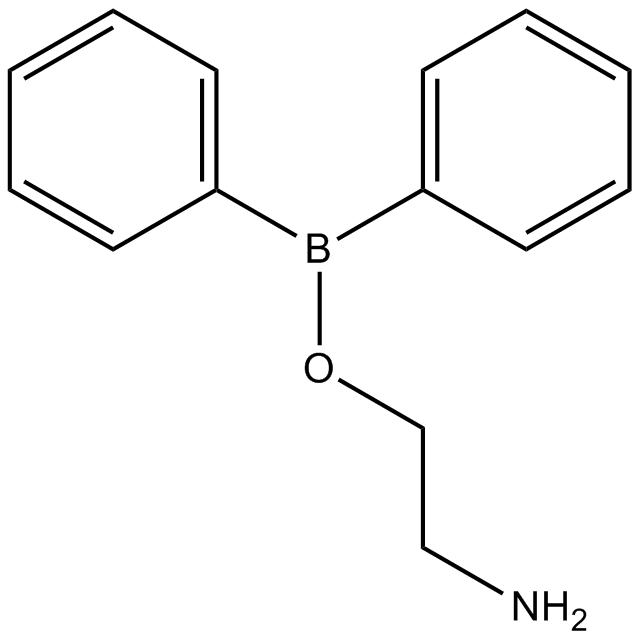
Related Biological Data
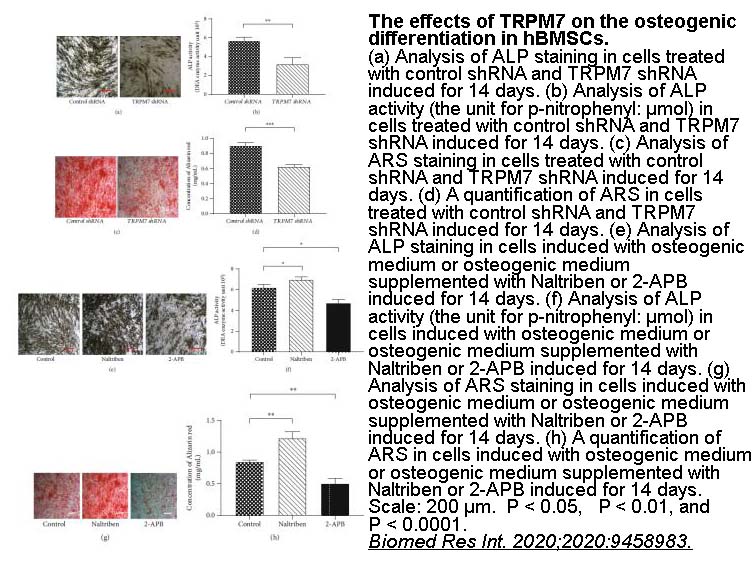
Related Biological Data
